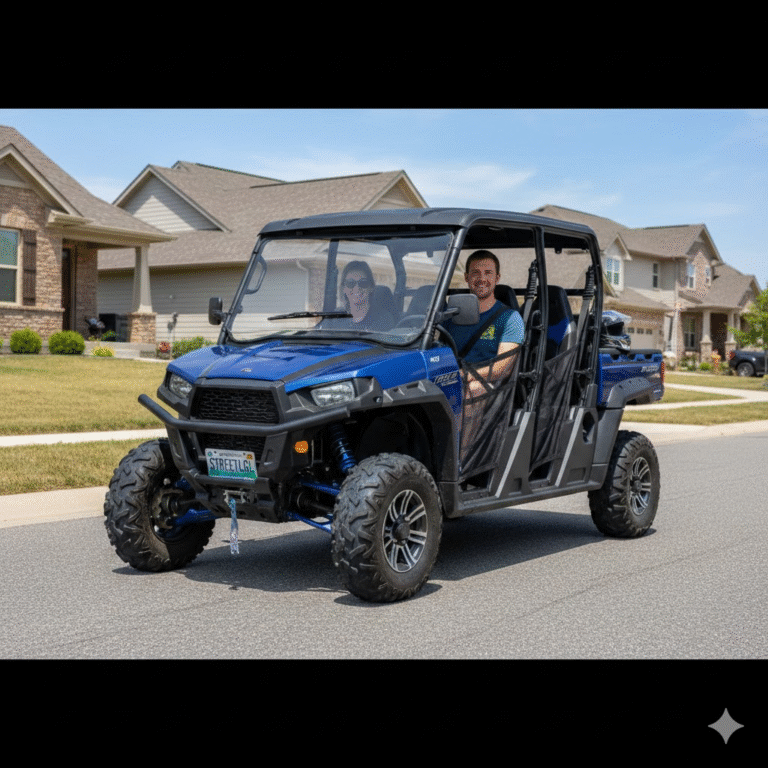
Introduction:
Data management ensures connected devices’ smooth and efficient operation in modern smart home environments. One of the critical elements of these systems is the classification of devices and sensors to enable the correct interpretation of the data they generate. Two terms that play a crucial role in this context are state_class none and device_class volume. These classifications are significant in platforms like Home Assistant, where users and developers manage various devices, from lights to temperature sensors to volume-monitoring systems. This article will explore what state_class none and device_class volume mean, how they function, and why they are essential in smart home automation.
What is State_Class None?
The concept of state_class none refers to a classification in which the sensor or device is designed to provide real-time data without storing it for historical analysis. In smart home automation, some devices are built to track and store data over time for trend analysis or historical comparisons. These devices allow users to look back at past data to understand usage patterns, changes in conditions, or other insights. However, when a sensor or device is classified under state_class none, it is only responsible for reporting its current state or measurement at any given moment without keeping track of past readings.
What is Device_Class Volume?
The device_class volume classification is used for devices or sensors that measure the volume of stored material. This classification can apply to a wide range of sensors in smart home systems, especially those that deal with fluids, gases, or other measurable volumes. Common examples include fuel tank sensors that track how much fuel is left, water tank sensors that measure water levels, or even air quality devices that monitor air volume in a specific environment.
The Role of State_Class None and Device_Class Volume in Automation Systems
In smart home and automation systems, classifications like state_class none and device_class volume are essential for efficiently managing data. These classifications help developers and users understand how specific devices are meant to operate and what kind of data they can expect. For example, if a system is designed to monitor a home’s fuel tank, a state_class none and device_class volume sensor will only provide information about the current fuel level. Users won’t have access to historical data showing how much fuel was used over a certain period, but they can monitor the immediate situation to know when refueling is necessary.
Applications of State_Class None and Device_Class Volume in Real-World Scenarios
The classification of state_class none and device_class volume is often applied in scenarios where real-time monitoring is crucial, but long-term data storage is unnecessary. One of the most common applications of this classification is in fuel monitoring systems. A sensor installed in a fuel tank will continuously report the current amount of fuel left, allowing the system to alert the user when the fuel is running low. However, because the device is classified under state_class none, the system does not store information about how much fuel was used in the past. It provides an instant snapshot of the current situation.
Another application is in water storage tanks, where users want to know how much water is available for use at any given moment. A sensor classified under state_class none and device_class volume will report the tank’s real-time water level without tracking previous levels. This type of monitoring is perfect for situations where the current status is all that matters, such as ensuring that the water supply is sufficient for immediate needs.
Advantages of Using State_Class None and Device_Class Volume
One of the main advantages of using devices classified under state_class none and device_class volume is their simplicity in data management. Since these devices only focus on real-time data, they do not require additional resources for storing, processing, and analyzing historical data. This makes them more efficient and cost-effective, particularly in systems with unnecessary long-term data tracking.
Moreover, the simplicity of state_class none and device_class volume devices reduces the risk of data overload. In systems that monitor multiple variables, such as temperature, humidity, and volume, limiting the amount of stored data can make the overall system more accessible to manage. By focusing on real-time information, these devices allow users to make quick decisions without sifting through large amounts of past data.
Limitations of State_Class None and Device_Class Volume
Despite their advantages, state_class none and device_class volume devices also have limitations. The most obvious drawback is the lack of historical data. In cases where users want to analyze trends, such as how much fuel is used over time or how water levels fluctuate during different seasons, state_class none devices will not provide the necessary information. For users who need this type of data, a distinct classification, such as “measurement” or “total,” may be more appropriate.
Additionally, because state_class none and device_class volume devices only provide real-time data, they are unsuitable for predictive analysis. Users who need to predict future usage or plan based on past consumption must rely on other tools or sensors that offer long-term tracking.
Conclusion
In conclusion, state_class none and device_class volume play a significant role in smart home automation by focusing on real-time monitoring of stored materials. These classifications help simplify data management by eliminating the need for historical tracking, allowing systems to provide instant feedback on current conditions. Whether used for monitoring fuel levels, water storage, or other materials, state_class none and device_class volume devices offer an efficient solution for real-time data needs, making them ideal for applications where historical data is not required. However, users should know the limitations and ensure these devices meet their specific monitoring and data tracking needs.


